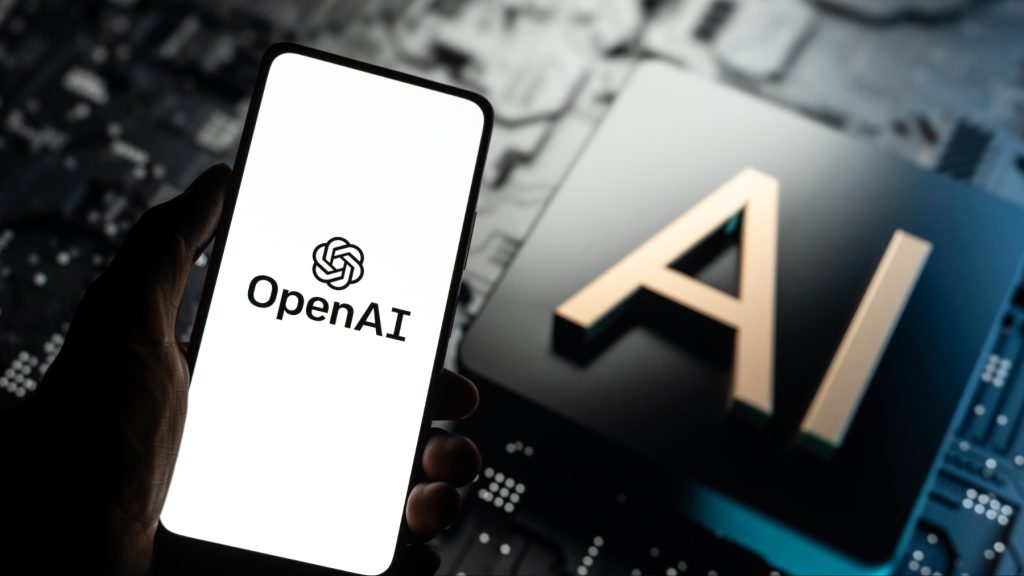
OpenAI has unveiled a new AI model called CriticGPT that aids human trainers in detecting code errors generated by its language model GPT.
CriticGPT was designed in a bid to improve the famous model. The Microsoft-backed company issued on Thursday a paper, “LLM Critics Help Catch LLM Bugs” that elaborates the way the AI model works.
Human Trainers Assistant
Speaking of generative AI models such as GPT-4, as a first stage, they are trained on a large amount of data. Then, they undergo a process known as Reinforcement Learning From Human Feedback (RLHF). During this phase, employees, who are usually appointed through community driven platforms, are required to interact with the AI models and note the answers provided by them.
The main goal behind the RLHF process is to train the AI models how to choose the best answers, with the aim of improving their performance. However, the more these models are advanced, the less RLHF process is effective. Therefore, the human trainers also find it more difficult to spot mistakes, especially that these AI models are outperforming individuals.
Enhancing the Review Process
To overcome this challenge, OpenAI developed CriticGPT, which is based on GPT-4, to critique and identify the errors related to the chatbot’s code output.
“We found that when people get help from CriticGPT to review ChatGPT code they outperform those without help 60 percent of the time”, the company stated in a blog post.
Apparently, the purpose of CriticGPT is not the creation of automated feedback between models, but instead to work on the development of skills of individuals who use RLHF process.
Between Accuracy and Mistakes
The paper also revealed that the results of the new AI model showed its capability of outperforming humans by detecting integrated bugs, which makes its results preferred by humans at more than 80% of the time. However, working with CriticGPT is not always an advantage, since despite being able to reduce hallucinations, the rate of errors made remains higher than when the reviews were done by humans.
On the other hand, the company admits this compromise noting that it is unable to figure out the best balance between decreasing hallucinations and bugs detection.
Inside Telecom provides you with an extensive list of content covering all aspects of the tech industry. Keep an eye on our Tech sections to stay informed and up-to-date with our daily articles